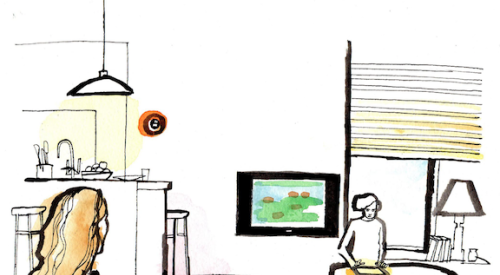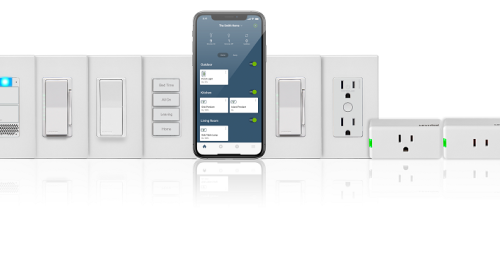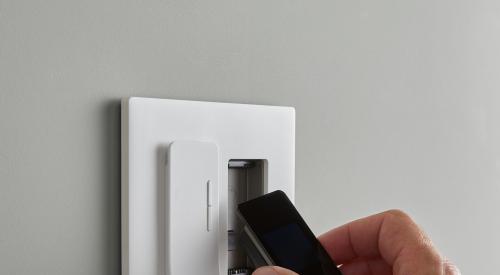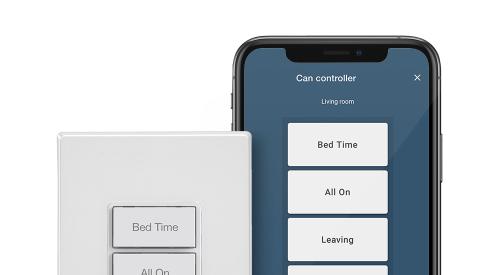Smart homes and smart devices and products are reaching a defining moment. By 2019, companies are expected to ship 1.9 billion connected home devices and bring in about $490 billion in revenue, Techcrunch.com reports. The problem is, some of these smart devices might actually be pseudo-intellectual devices partaking in some erudite-posturing.
We have come to a point where we consider something smart if it is connected and has an app to control it, but is it really smart to finger through ten pages of apps to find the one you are looking for just so you can turn on a light when the switch is ten feet away?
This defining moment in smart device and smart home technology calls for the need to focus on integrating technology more seamlessly so it is actually valuable. The best way to do this, according to TechCrunch, is to stop using the smartphone as a crutch. Did Captain Kirk have to take out an app and open it then hit a button to make the doors to the bridge of the starship enterprise open, or did they do it on their own with built in sensors. Did Luke Skywalker need a smartphone to communicate with R2-D2 and C3P0? Of course not.
The point is, we have reached a moment where smart technology needs to stop relying on smartphones in the same way college students rely on the Internet, and prove it truly is intelligent.
Built-in sensors, new interfaces, and learning algorithms are all things that will lessen the need for smartphones and can make smart technology truly valuable. Instead of using a smartphone to unlock the front door, the door needs to be able to recognize the residents via the retina or skin structure and unlock the doors and products need to use algorithms to learn the preferences of the residents and use them to predict behaviors.
As smart features evolve, homes may finally be worthy of their ‘smart’ moniker. For example, imagine walking into a room where the interface is able to recognize which individual resident entered and then use an algorithm to adjust things like the lighting, temperature, or even turn on the TV to a channel that specific resident watches most, all without ever having to touch a smartphone or any other device.
Smart homes are meant to make daily life less complicated. Unfortunately, they can sometimes do the opposite, and the next few years and decades are going to be crucial in perfecting this type of technology.











